Social integration
& development projectsA fraternal relationship
Organising for the future
Small and traditional villages are scattered around the Protected Area. The Anjajavy peninsula offers a harmonious social lifestyle deeply related to nature and an opportunity for socio-economic integration and sustainable development. It is also a place of inner well-being, without ostentation, reflecting the gentleness of a population.
Since its creation, Anjajavy le lodge has financed voluntary entrepreneurship for boat transport, traditional fishing, beekeeping, and market gardening. The lodge has lent micro-credits to support four villages within the Protected Area and their inhabitants. Anjajavy le Lodge and its clients’ donations allow these initiatives to continue by building and renovating infrastructures for living, exchange, education, and work.
Villages in the protected area
Many villages and hamlets are scattered throughout the Protected Area. The lodge particularly supports four main villages: Anjajavy, Ambodro Ampasy, Antsangabe and Amboaboaka.
Each of these villages has between 800 and 1800 inhabitants who live mainly from tourism through the hotel but also from fishing, apiculture, agriculture and handicraft.
For the last few years, the villages have started to develop. Indeed, they now all have at least one well, public sanitary facilities, a dispensary or clinic, a primary school, and a covered market square. In addition to these infrastructures, Anjajavy has also a nursery school and a secondary school, a solar charging station, an embroidery shop, and a sculpture workshop.




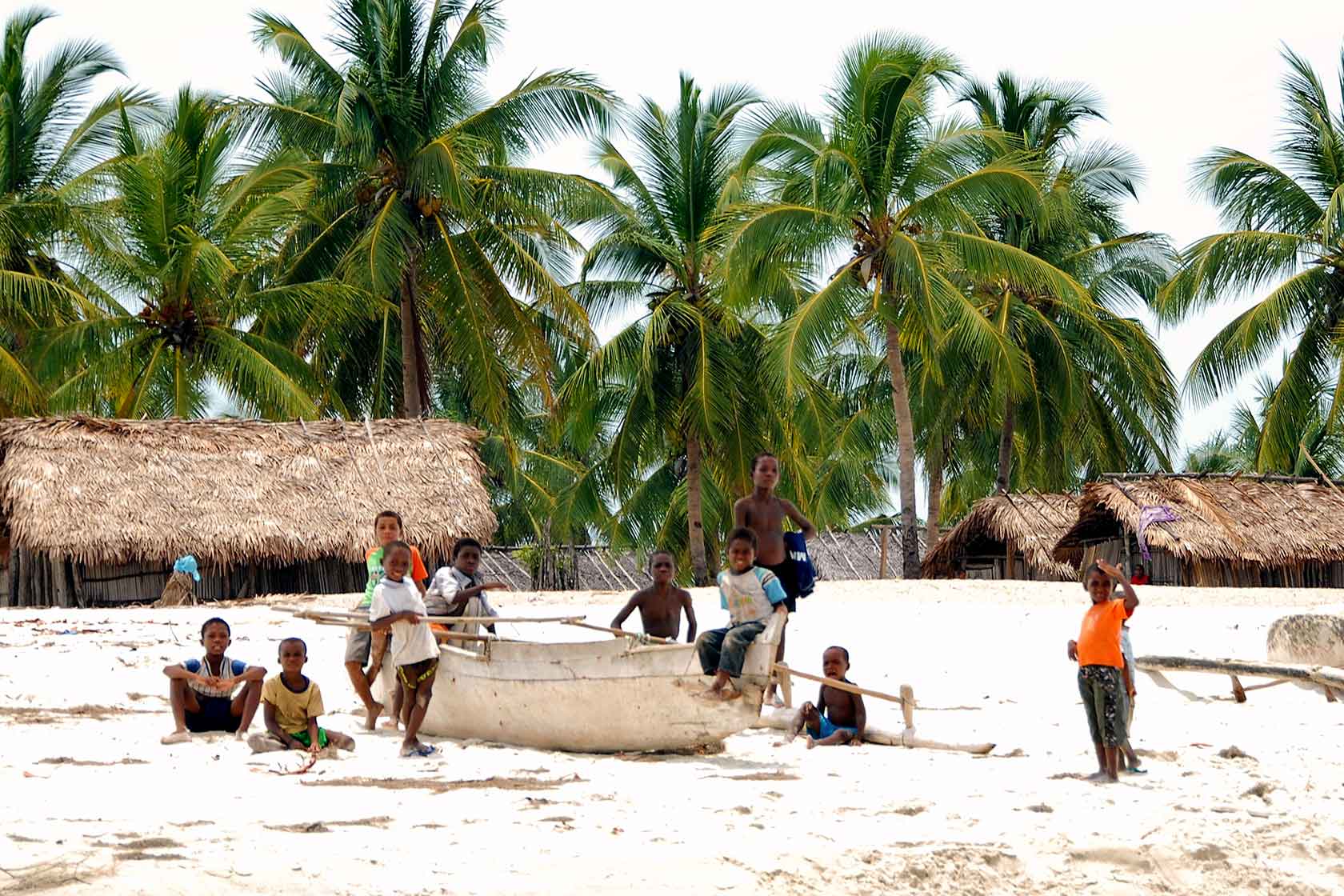
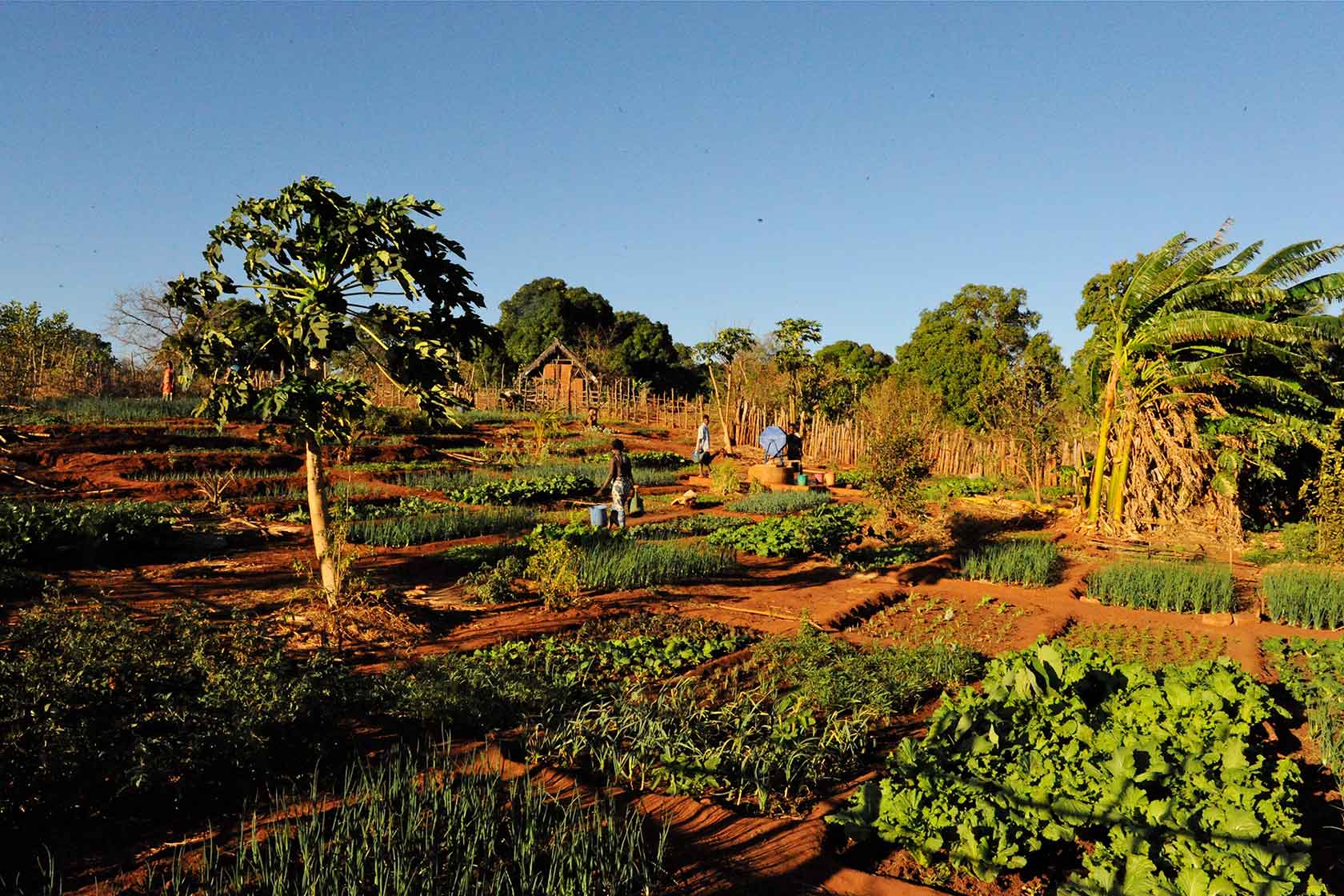
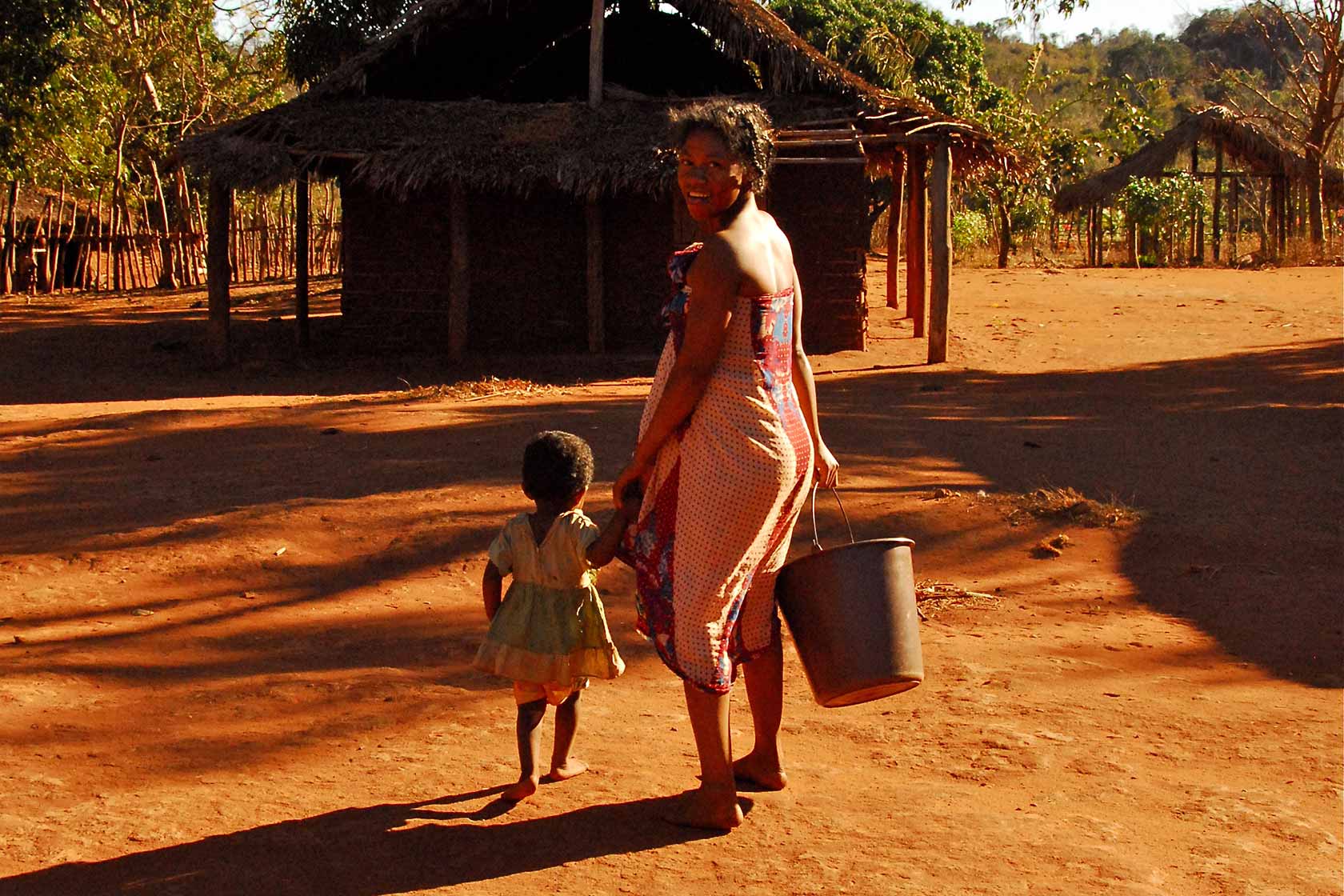







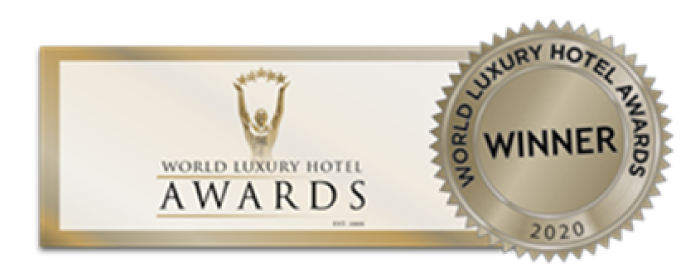

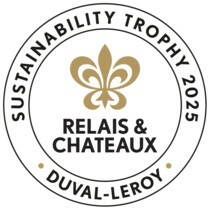



Social